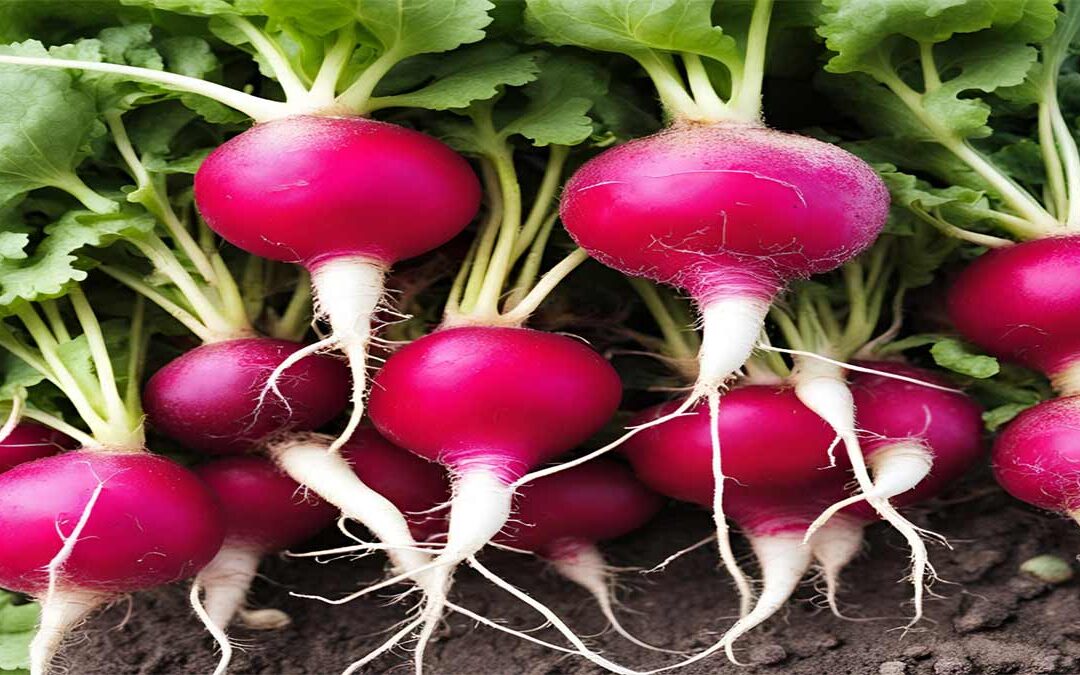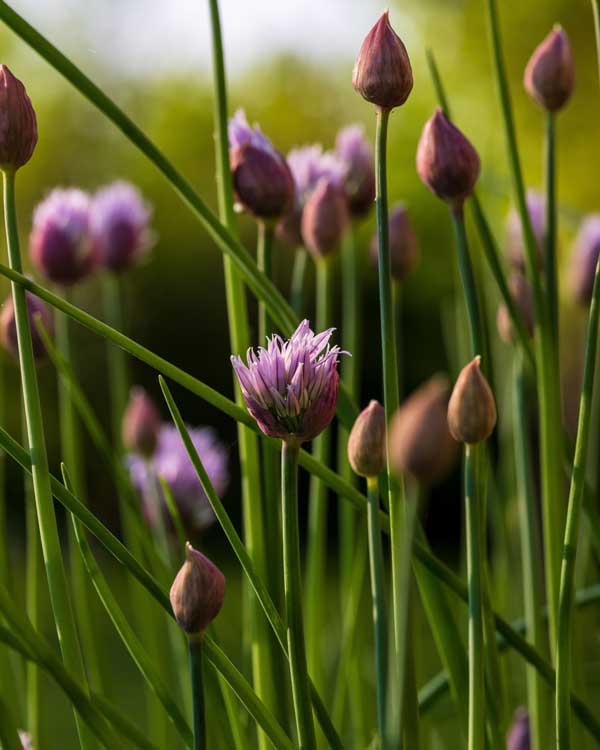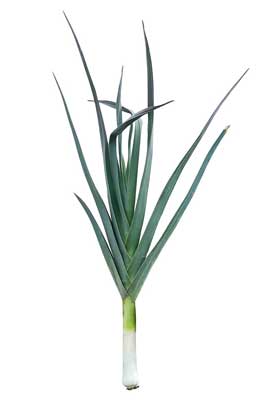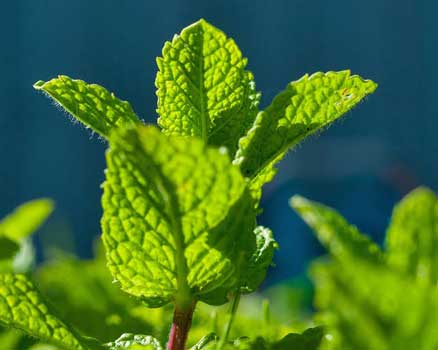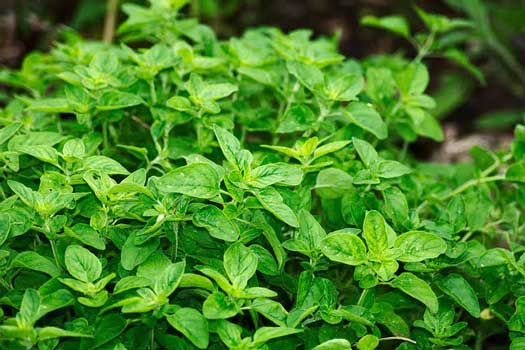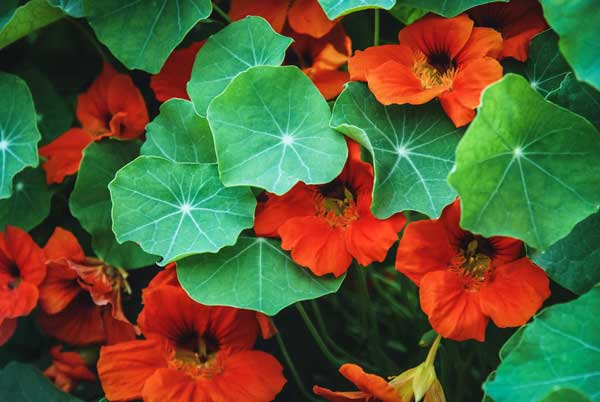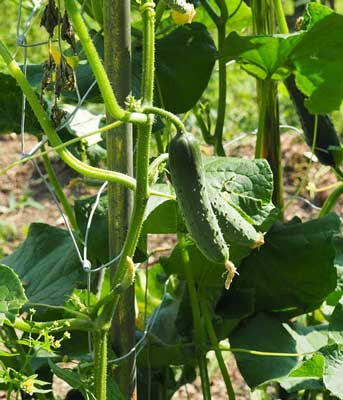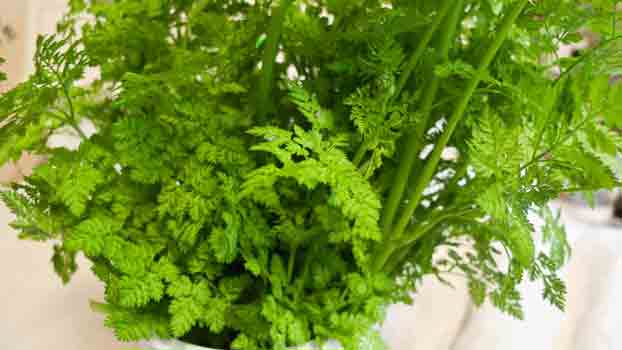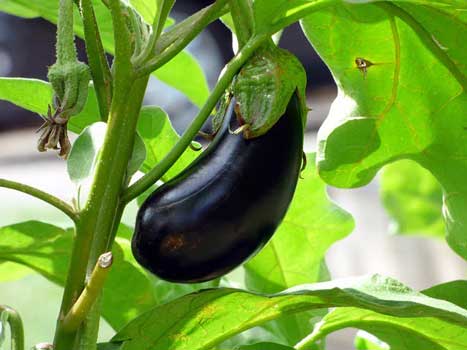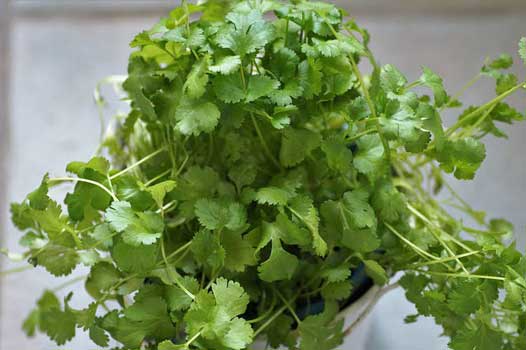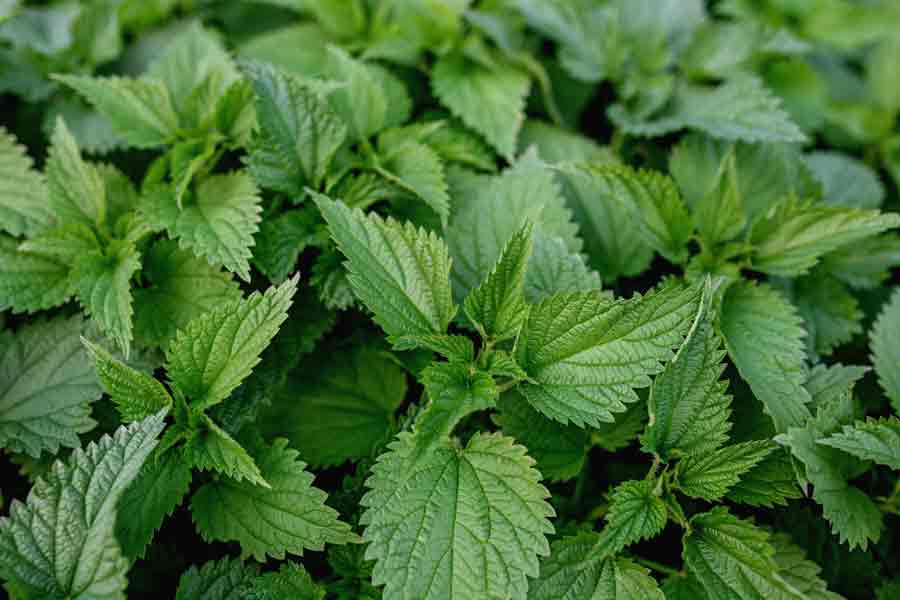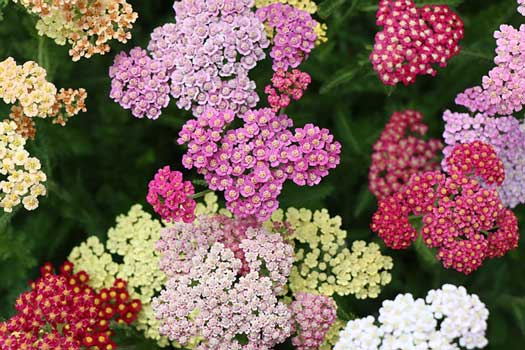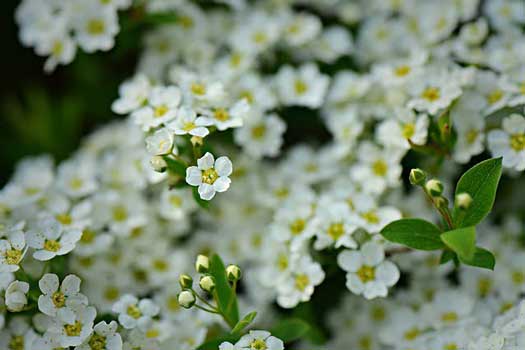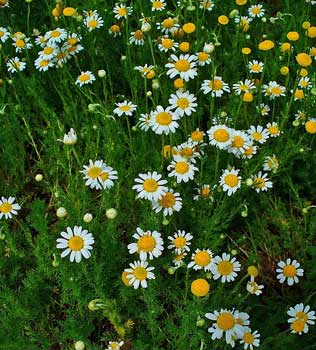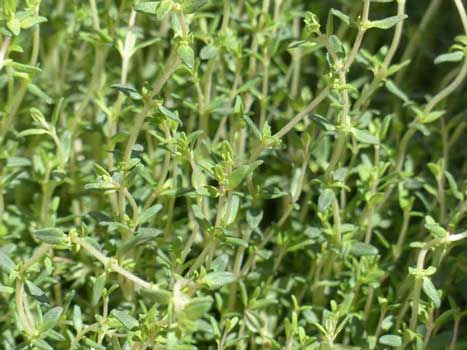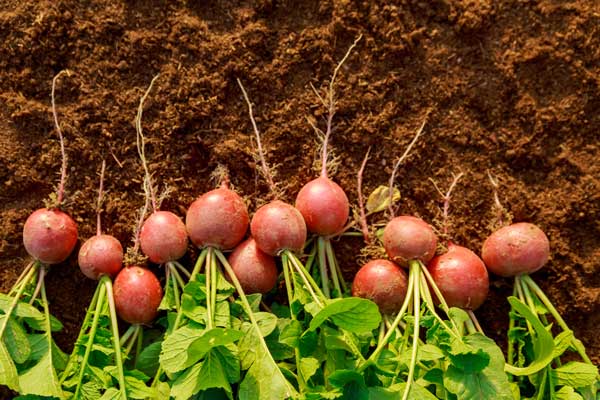Companion planting is a gardening method of cultivating various plants to support and enhance each other’s growth mutually. You can improve plant health, boost yields, and naturally manage pests by choosing the proper companions. One widespread use of this technique is with radish companion plants. Growing radishes alongside certain other plants can bring many benefits, making your garden more productive and vibrant.
Importance of Companion Planting for Radishes
Radishes are fast-growing, cool-season vegetables that benefit significantly from companion planting. You can enhance their growth and flavor by pairing them with the right plants. For instance, radishes do well when planted near cucumbers, lettuce, and beans. These companions help radishes by improving soil conditions, providing shade, and repelling pests.
Additionally, radishes can help their companions. Their rapid growth can loosen the soil, making it easier for neighboring plants to establish strong roots. They also draw beneficial insects that prey on common garden pests.
Companion planting with radishes also helps in maximizing garden space. Because radishes mature quickly, they can be planted between slower-growing vegetables, allowing gardeners to harvest two crops from the same area. This effective utilization of space is especially beneficial in smaller gardens.
Best Radish Companion Plants
Chives
Chives act as a natural pest deterrent for radishes. Their strong scent repels insects that typically harm radishes, creating a protective barrier.
Benefits: Chives repel aphids and other pests, promoting healthy radish growth.
Considerations: Plant chives around the radish bed to create a natural pest barrier.
Leeks
Leeks and radishes grow in harmony because they utilize different soil levels. Leeks grow deeper, while radishes occupy the upper soil, reducing nutrient competition.
Benefits: Leeks grow deep, breaking up soil and allowing radishes to expand.
Considerations: Ensure adequate spacing to allow both plants to thrive without overcrowding.
Peas
Peas have a beneficial relationship with radishes due to their nitrogen-fixing ability. Peas convert atmospheric nitrogen into a form that plants can use, enriching the soil and promoting radish growth.
Benefits: The nitrogen from peas enriches the soil, promoting faster radish growth.
Considerations: Use trellises for peas to avoid shading radishes.
Lettuce
Lettuce and radishes grow well together because they have complementary growth patterns. Radishes grow quickly and are harvested early, which gives lettuce more space to expand as it matures.
Benefits: Radishes mature quickly and can be harvested early, making room for lettuce to grow larger.
Considerations: Plant radishes and lettuce together in a staggered pattern to maximize space.
Dill
Dill attracts beneficial insects, such as ladybugs and hoverflies, which prey on pests that could harm radishes. This natural pest control helps keep radishes healthy.
Benefits: Dill draws in predators of radish pests, reducing the need for pesticides.
Considerations: Plant dill near radishes, but avoid letting it overshadow them.
Mint
Mint has a strong scent that deters pests like aphids, which commonly attack radishes. By repelling these pests, mint helps protect radish plants.
Benefits: The strong scent of mint repels aphids and other harmful insects.
Considerations: Mint can be invasive, so plant it in containers near radishes.
Oregano
Oregano provides ground cover that benefits radishes. It reduces weed growth, which can compete with radishes for nutrients. It helps retain soil moisture, creating a better-growing environment for radishes.
Benefits: Oregano reduces weed growth and retains soil moisture for radishes.
Considerations: Ensure oregano doesn’t compete too much for space and nutrients.
Spinach
Spinach and radishes have similar growing requirements, such as cold weather and moderate watering. They grow well together because they can share garden space efficiently without competing heavily for resources.
Benefits: Both plants thrive in cool weather and can share garden space efficiently.
Considerations: Harvest radishes early to give spinach more room to grow.
Beans
Beans improve the soil by fixing nitrogen, which is beneficial for radishes. This nitrogen enrichment helps radishes grow more vigorously and healthily.
Benefits: The nitrogen from beans enriches the soil, leading to healthier radishes.
Considerations: Use bush beans to avoid shading radishes and ensure both plants get enough light.
Nasturtium
Nasturtiums and radishes share a mutually beneficial relationship. Nasturtiums act as a trap crop, luring aphids and other pests away from radishes protecting them from damage.
Benefits: Nasturtiums draw pests away from radishes, reducing pest damage. They also add color and beauty to the garden.
Considerations: Plant nasturtiums around the perimeter of your radish beds to maximize their protective effect.
Cucumbers
Radishes and cucumbers have a complementary relationship. Radishes can help repel cucumber beetles, which are harmful pests to cucumbers, thus promoting healthier cucumber plants.
Benefits: Radishes help protect cucumbers from beetles, promoting healthier cucumber plants.
Considerations: Ensure cucumbers have enough space to grow without overshadowing the radishes.
Chervil
Chervil and radishes have a symbiotic relationship. Chervil improves the flavor of radishes and helps them grow better.
Benefits: Chervil enhances the taste of radishes and deters pests like aphids.
Considerations: Plant chervil close to radishes for maximum flavor and pest control.
Carrots
Carrots and radishes form a cooperative relationship in the garden. Radishes help break up compacted soil, making it easier for carrot roots to penetrate and grow, resulting in improved carrot development.
Benefits: Radishes loosen the soil for carrots, promoting better root development.
Considerations: Plant radishes first; they mature quickly and can be harvested before carrots need more space.
Marigolds
Marigolds and radishes have a symbiotic relationship. Marigolds release a potent fragrance that deters nematodes and other pests, protecting radishes from damage and promoting their growth.
Benefits: Marigolds deter nematodes and other pests, protecting radishes and improving their growth.
Considerations: Plant marigolds around the edges of radish beds to create a pest-repellent border.
Calendula
Calendula and radishes share a beneficial association. Calendula attracts beneficial insects like ladybugs and lacewings, which prey on pests that can harm radishes, thus providing natural pest control.
Benefits: Calendula helps reduce pest populations, promoting healthier radish plants.
Considerations: Ensure calendula doesn’t overshadow radishes, as it can grow large.
Borage
Borage and radishes have a mutually advantageous relationship. Borage attracts pollinators such as bees and beneficial insects like hoverflies, which aid in pollination and pest control, ultimately benefiting radish growth.
Benefits: Borage attracts bees and other beneficial insects, enhancing pollination and pest control.
Considerations: Borage can grow tall; plant it where it won’t block sunlight from reaching radishes.
Rosemary
Rosemary and Radishes enjoy a supportive relationship. Rosemary’s aromatic foliage is a natural repellent for pests like cabbage moths and carrot flies, protecting radishes from potential harm.
Benefits: Rosemary helps repel pests like cabbage moths and carrot flies, which can harm radishes.
Considerations: Plant rosemary nearby but not too close, as it can be large and woody.
Eggplant
Eggplants and radishes have a harmonious relationship. Eggplants have different nutrient requirements and growth habits than radishes, allowing them to coexist without competing heavily for resources.
Benefits: Eggplants don’t compete heavily with radishes for nutrients, allowing both to thrive.
Considerations: Ensure eggplants have enough space, as they can grow quite large and may shade out radishes if planted too closely.
Cilantro
Cilantro and radishes form a mutually beneficial partnership. Cilantro attracts beneficial insects with its flowers, such as hoverflies and parasitic wasps, which prey on aphids and other pests that can damage radishes.
Benefits: Cilantro’s flowers attract predatory insects that help control aphids and other radish pests.
Considerations: Plant cilantro near radishes, but allow it to spread and flower for maximum benefit.
Lemon Balm
Lemon balm and radishes share a supportive relationship. Lemon balm’s strong lemon scent is a natural repellent to pests like mosquitoes and aphids, protecting radishes from potential infestations.
Benefits: Lemon balm helps deter insects such as mosquitoes and aphids, protecting radish plants.
Considerations: Lemon balm can spread aggressively, so consider planting it in containers near radishes.
Yarrow
Yarrow and radishes have a synergistic relationship. Yarrow attracts beneficial insects such as ladybugs and predatory wasps, which help control pests and pollinate radish flowers. At the same time, its deep roots improve soil structure, benefiting radish growth.
Benefits: Yarrow brings in pollinators and predatory insects while enhancing soil health through deep roots.
Considerations: Plant yarrow near radishes, but ensure it doesn’t overshadow them, as yarrow can grow tall.
Horseradish
Horseradish and radishes can grow well together. Horseradish can repel certain pests that might otherwise attack radishes.
Benefits: Horseradish helps deter pests such as aphids and flea beetles, providing natural pest control for radishes.
Considerations: Plant horseradish and radishes together to take advantage of horseradish’s pest-repelling properties, but ensure adequate spacing as horseradish can spread.
Echinacea
Echinacea is an excellent companion plant for radish. When grown together, these plants benefit each other by attracting beneficial insects and improving overall garden health.
Benefits
- Attracts Beneficial Insects: Echinacea draws pollinators like bees and butterflies, which aid in improving the pollination of nearby plants.
- Disease Prevention: It can help prevent diseases by increasing biodiversity and reducing the spread of pests and pathogens.
Considerations
- Space Management: Ensure enough space between the radish and Echinacea plants to allow both to grow without competition.
Sweet Alyssum
Sweet Alyssum is a fantastic companion for radish. It enhances the garden by attracting beneficial insects and improving soil health.
Benefits
- Attracts Beneficial Insects: Sweet Alyssum attracts predatory insects like ladybugs and hoverflies that control pests such as aphids.
Ground Cover: It acts as a ground cover, which helps suppress weeds and retain soil moisture.
Considerations
- Sunlight Access: Ensure that Sweet Alyssum does not overshadow radish plants, allowing both to get adequate sunlight.
Basil
Basil and radish are great companions. Basil’s strong scent deters pests and enhances the growth of radish.
Benefits
- Pest Deterrent: Basil repels pests like aphids, beetles, and flies, protecting the radish from potential harm.
- Flavor Enhancement: Basil can improve the flavor of radishes grown nearby due to the natural chemicals released by its roots.
Considerations
- Water Needs: Both plants have similar water requirements, making them easy to manage together. Just ensure they are not overwatered.
Chamomile
Chamomile is a beneficial companion for radishes. It promotes healthy growth and deters pests.
Benefits
- Growth Promotion: Chamomile releases natural oils into the soil that can enhance the growth of radish.
- Pest Deterrent: Its scent repels pests like aphids and spider mites, keeping radish plants healthier.
Considerations
- Moderate Growth: Chamomile can grow moderately tall, so it’s important to plant it so it won’t block sunlight from the radish.
Thyme
Thyme is an excellent companion for radish. Its intense aroma deters pests and supports healthy growth.
Benefits
- Pest Deterrent: Thyme’s scent repels various pests, including cabbage worms and flea beetles, which are common threats to radish.
- Disease Prevention: Thyme has natural antifungal properties that can help prevent soil-borne diseases.
Considerations
- Growth Habit: Thyme is a low-growing herb, making it ideal for planting around the base of radish plants without competing for sunlight.
You can create a thriving, pest-resistant, and productive garden space by incorporating these Radish Companion Plants. Each plant brings unique benefits to radishes, ensuring a healthy and bountiful harvest.
Bad Companion Plants for Radish
Potatoes
Potatoes and radishes compete for the same nutrients in the soil, which can negatively affect radish growth. Avoid planting them together to ensure both plants receive adequate nutrients.
Watermelon
Watermelons have sprawling vines that can overshadow radishes, depriving them of sunlight and space. It’s best to plant watermelons away from radishes to avoid competition.
Squash
Squash plants have large leaves and sprawling vines that can block sunlight and take up space needed by radishes. Plant squash away from radishes to ensure both plants thrive.
Cabbage
It can compete for nutrients and space, negatively affecting radishes.
Broccoli
The same family as radishes can lead to nutrient competition and attract similar pests.
Cauliflower
Similar to cabbage and broccoli, it can compete for nutrients and space.
Turnips
It can attract similar pests and compete for the same nutrients.
FAQ for Radish Companion Plants
What are good companion plants for horseradish?
Horseradish grows well with radishes, as it helps repel pests like aphids and flea beetles. Other good companions include potatoes, carrots, and strawberries.
Can I plant lettuce and radish together?
Yes, lettuce and radishes are excellent companions. Radishes grow rapidly and can be harvested early, providing more space for lettuce to mature. They share similar nutrient and watering needs, making them ideal for interplanting.
Are beets good companion plants for radishes?
Beets and radishes can be planted together, though they may compete for similar nutrients. To minimize competition, ensure proper spacing and soil preparation. Both benefit from cool-season growing conditions.
What are good radish companion plants in the UK?
Good companion plants for radishes in the UK include lettuce, carrots, peas, and nasturtiums. These plants thrive in similar growing conditions and help each other by improving soil health and deterring pests.
Can radishes and squash be planted together?
Generally, radishes and squash are not ideal companions. Squash plants can overshadow radishes, depriving them of sunlight and space. It’s better to plant them separately to ensure both plants thrive.
What are bad companion plants for radishes?
Avoid planting radishes with potatoes and hyssop. These plants can compete for nutrients, stunt growth, or attract pests that harm radishes.
Is garlic a good companion for radishes?
Yes, garlic is a good companion plant for radishes. Garlic’s strong scent deters pests, helping to protect radishes from aphids and other harmful insects.
What are good companion plants for black radishes?
Black radishes pair well with lettuce, spinach, and carrots. These plants share similar growing conditions and help improve soil quality and pest management.
Can you plant radishes with cucumbers?
Yes, you can plant radishes with cucumbers. Radishes can help repel cucumber beetles, which are harmful to cucumbers, promoting healthier cucumber plants. Ensure that cucumbers have enough space to grow without overshadowing the radishes.
Can you plant radishes with tomatoes?
No, it is not recommended to plant radishes with tomatoes. Tomatoes can inhibit the growth of radishes due to their extensive root systems and high nutrient demands. It’s best to plant radishes away from tomatoes to avoid competition for nutrients and space.
What to plant next to radishes?
Radishes grow well with a variety of companion plants. Good options to plant next to radishes include:
- Lettuce: Radishes grow quickly and can be harvested early, allowing lettuce to mature.
- Spinach: Both plants thrive in cool weather and have similar nutrient needs.
- Peas: Peas fix nitrogen in the soil, benefiting radish growth.
- Carrots: Radishes help break up the soil, making it easier for carrot roots to develop.
- Cucumbers: Radishes can repel cucumber beetles, aiding cucumber growth.
- Garlic: Garlic’s strong scent deters pests, protecting radishes from harmful insects.
Can you plant radishes and onions together?
Yes, you can plant radishes and onions together. Onions help repel pests that can harm radishes, such as aphids and flea beetles. This companion planting combination can improve both crops’ overall health and yield. Ensure adequate spacing to allow both plants to thrive without overcrowding.
You can create a more productive and harmonious garden environment by understanding which Radish Companion Plants are good companions and which are not.
Conclusion Radish Companion Plants
In an organic garden, understanding companion planting is crucial for maximizing space utilization and ensuring healthy crop growth. Radishes, a cool-season vegetable, benefit significantly from strategic intercropping with other plants. Lettuce and spinach are highly beneficial as radish companion plants because they share similar nutrient needs and sunlight requirements, making them ideal for interplanting in a kitchen garden.
Adequate soil preparation is vital to a successful planting season. Making sure the soil has ample nutrients and good drainage helps radishes and their companions thrive. Incorporating root crops such as carrots and Growing beets requires careful attention to their nutrient requirements and optimal harvest timing to avoid competition and enhance growth.
Trap crops, such as nasturtiums, are significant in managing pests like flea beetles protecting radishes from damage. Additionally, herbs like dill and cilantro attract beneficial insects that further aid pest control. Cool-season vegetables often have similar temperature preferences and watering needs, making them suitable for interplanting with radishes.
Regarding space utilization, companion planting allows for efficient use of garden space, ensuring that each plant has enough room to grow without overshadowing its neighbors. Proper planning of planting seasons and understanding the specific requirements of each plant type lead to a more productive and harmonious garden.
By embracing these principles, gardeners can create a thriving ecosystem where radishes and companion plants support each other, leading to a bountiful and healthy harvest.

